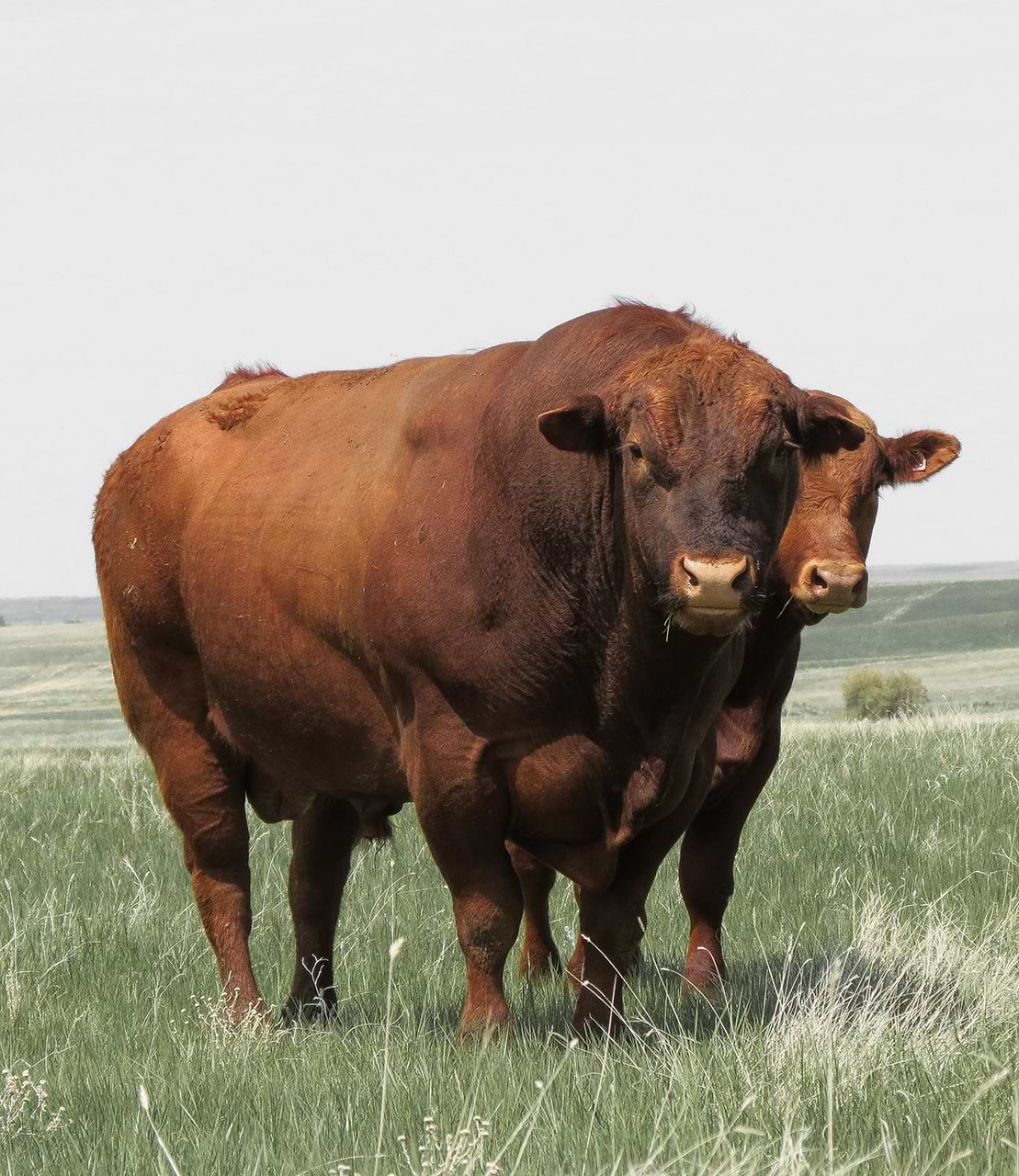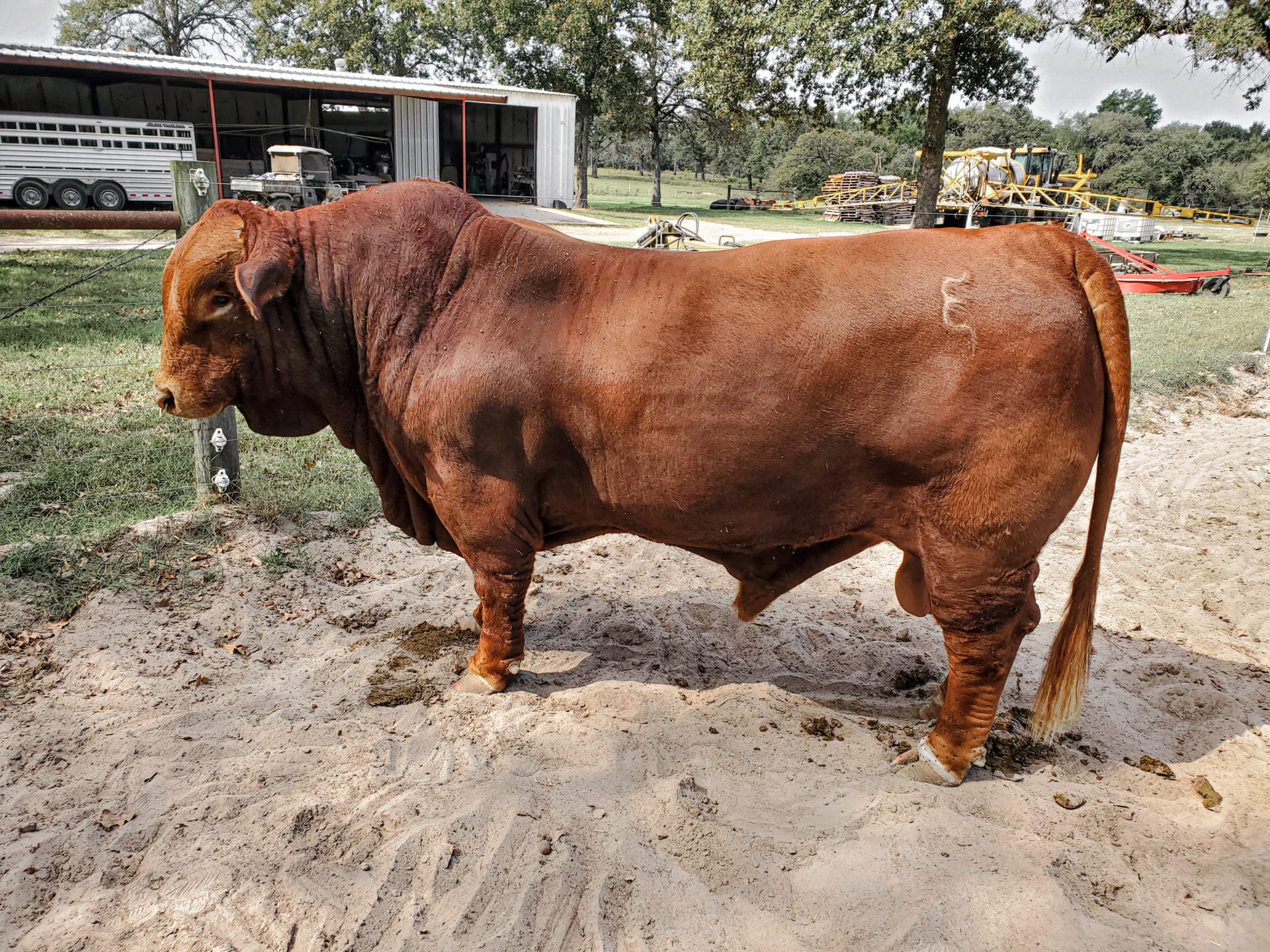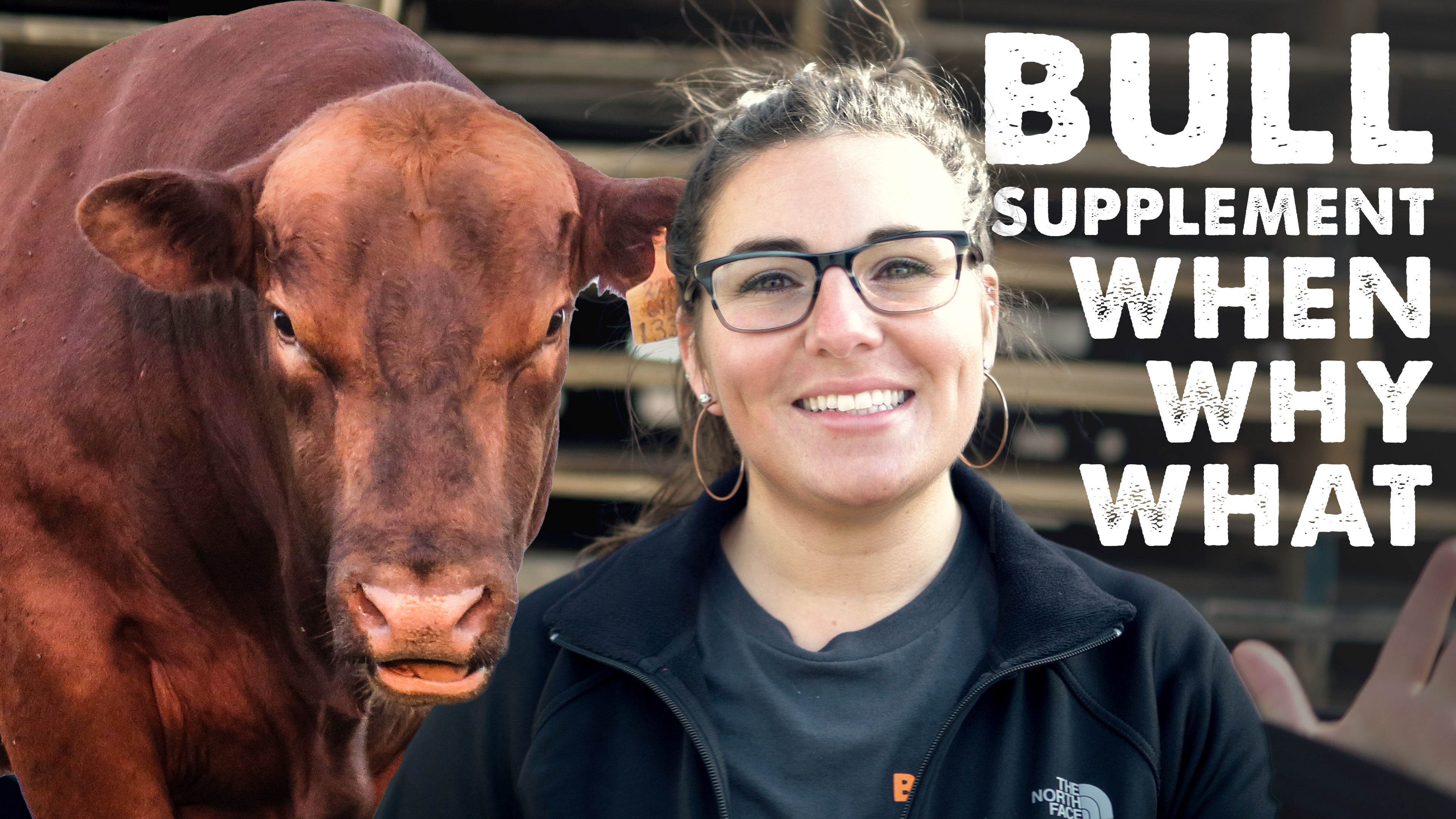Last updated on October 5th, 2023 at 12:01 pm
“I think a little bit too often, producers kind of put bulls on the Back 40 and just don’t pay them very much attention until turnout.”
And that, says Dr. Jason Ahola, beef cattle specialist at Colorado State University, might be a part of the management program to reconsider. That’s because of the role the bulls play in the longevity of your operation.
In terms of numbers, bulls are only about 4% of your total herd, says Dr. Steve Paisley, Extension beef specialist with the University of Wyoming. “But if we think about the total investment that we put into those bulls, we’re looking at probably closer to 15 percent or 20 percent of our total investment that goes into our bull battery.”
That’s just the dollars. Add into that formula the profound genetic influence your bull battery has on your calf crop, and it makes sense to give the boys a little attention before turnout. After all, a bull that shoots blanks is a black hole you simply don’t need.


Breeding Soundness Exam for Bulls
“It goes without saying that a breeding soundness exam on all bulls is warranted,” Ahola says. However, that’s not widely done, he adds, “but for the cost, there’s merit in putting a bull through a BSC, just to avoid bulls that are competing with other bulls and not fertile.”
In addition, focus on their body condition score (BCS), especially their feet and legs. It’s important that bulls go into the breeding season in good body condition, because you’re expecting them to work hard for a very short period of time. If they’re doing their job, they’ll lose several body condition scores before breeding season is over and you want them to have enough gas in the tank to finish the job as the end draws near.
That’s most important with your two- and three-year-old bulls. That’s because the young bulls are still growing as well as working. “So making sure those bulls are in good shape is pretty critical,” Paisley says.
And don’t forget the minerals. “Physiologically, there’s good evidence that trace minerals, particularly zinc, affect sperm production and fertility in bulls,” Ahola says.
Maximize Bull Fertility with Pre-Breeding Mineral
According to Paisley, “Managing them that 60 to 90 days prior to breeding is probably one of the most critical times.” That’s because the pre-breeding time is when sperm cells are being developed.
According to Ahola, there’s a considerable amount of time from when a sperm cell develops to when it’s able to fertilize an egg. “So we need to look at nutrition over that 80-day period and have them on a proper plane of nutrition two to three months prior to breeding,” Paisley says.
In addition to zinc, copper is important as well. “Copper tends to be a mineral that is deficient in western range forages,” Paisley says, “and we know that zinc and copper are important from a semen development standpoint.”
It’s tempting to think that bull prep is an area you can skimp in a little bit, says Garland Dahlke, assistant scientist in the Animal Science Department at Iowa State University. This is an area, however, where Ben Franklin would advise that being penny-wise is pound-foolish.
“If they fail the semen test, well, that was a waste. It’s not so cheap then.”



